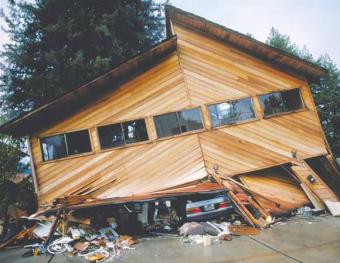
This activity opens by asking students to demonstrate how 'hard" they think the ground shakes during an earthquake. To quantify their demonstrations of ground shaking, students are introduced to a three-component accelerometer (iPhone, laptop or USB). Have a teacher lead discussion, and allow the students to explore what an accelerometer measures. Next, students reflect on their estimations of ground shaking and compare it to a classroom demo (shaking a table with things on it at various peak accelerations), video clips of a full-scale house on a shake table, and recordings from actual quakes. The activity concludes by making connections between peak ground accelerations and the concept of an earthquakes intensity.
Students will be able to:
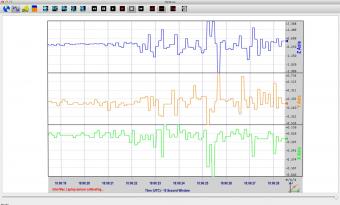
QCNLive is interactive software developed for hands-on education about Earthquake Seismology. There are several modules within QCNLive for learning about earthquake vibrations and where earthquakes occur. The software measures and plots real-time motions acquired from several types of internal and/or external Micro-Electro-Mechanical System (MEMS).
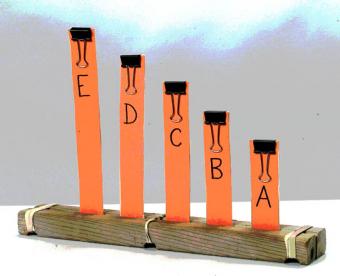
All buildings have a natural frequency of oscillation or resonance frequency. When seismic waves shake the ground beneath a building at its resonance frequency, the structure will begin to sway back and forth. This concept can be demonstrated in the classroom using the BOSS Model Lite as a discrepant event demonstration to engage students in earthquake-engineered buildings.
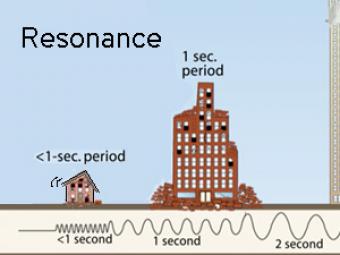
All buildings have a natural period, or resonance, which is the number of seconds it takes for the building to naturally vibrate back and forth. The ground also has a specific resonant frequency. Hard bedrock has higher frequencies softer sediments. If the period of ground motion matches the natural resonance of a building, it will undergo the largest oscillations possible and suffer the greatest damage.
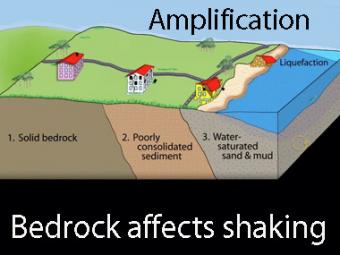
Highly generalized animation reflects the arrivals of P, S, and surface waves to 3 closely spaced buildings. Exaggerated movement of the buildings reflects the relative motion recorded by the seismograms.